When I woke up in the middle of the night on August 17, 1999, in our 3-bedroom apartment in Ankara, Turkey, I realized somebody was knocking on the door like crazy. I walked through the living room and saw my mom looking outside the window to understand what was going on. I opened the door to see our older neighbor couple holding burning candles in their hands. They were terrified: “There has been an earthquake! Are you OK? It’s not safe here, you need to get out!” I woke my then 9-year old brother up. The power was out. We grabbed our radio and our shoes and we left our apartment in less than 3 minutes. The whole neigborhood was outside. I remember a woman had just a robe on. Another man was barefoot. There were kids crying, they were all so confused and scared. It was only 3:10 AM in the morning. The only light in our pitch dark street were the flashlights and cigarettes that our neighbors lid to relieve their stress. The radio said the epicenter of the earthquake was Izmit, which was at least 200 miles away. I thought to myself: “How come we felt it so strongly from this far away?” Then the news continued and I got my answer: It was 7.4 of magnitude and it lasted 45 seconds…
I don’t know if you ever experienced an earthquake. If you did, you probably know that even 10 seconds feel like a life time during the shaking and rumbling. I thought to myself: “A 45-second-long earthquake must have destroyed a lot of homes with people in them. The earthquake had happened at 3:01 AM, the radio said, when everyone was at home, sleeping. Oh, God! This is bad!”
The deadliest earthquake in Turkish history took place in Erzincan, in 1939. The 7.9 magnitude earthquake started shaking the ground at 2:00 AM and it lasted 52 seconds. The calendars marked December 27, so the weather was extremely cold, temperature varying from 23 to 27 F degrees. This lead more than 32,000 dead and more than 100,000 injured, several hundred thousands homeless.
I thought to myself, it could be as bad as Erzincan one… We all stayed outside until the sunrise. Then some of us got inside to get some sleep. The after shocks were scary but we knew that they wouldn’t be damaging. The most difficult one was over and thankfully, no one had a single crack in their walls, It was just ‘scary’ for Ankara. But the next day we were going to learn from the news that Izmit was not as lucky as we were: it was ‘devastating’.
Although I’m not a structural geologist, I’m still a geological engineer and I know a lot about earthquakes. The North Anatolian Fault is an active right-lateral strike-slip fault (transform fault) in northern Anatolia between the Eurasian Plate and the Anatolian Plate. As you can see below, Turkey is under a lot of pressure from the Eurasian plate pressing on one side and the Arabian plate from the other. Due to these constant continental movements, Turkey is a very tectonically active country.


Later we were going to learn that Izmit Earthquake was the 12th high magnitude earthquake (above 6.5) recorded on the North Anatolian Fault and the second deadliest one after Erzincan:

If you are not familiar with the earthquake magnitudes, you can check out the below chart. There is a myth that there could be mega quakes which can go up to 12, USGS debunks this by stating the facts:
“Earthquakes of magnitude 10 or larger cannot happen. The magnitude of an earthquake is related to the length of the fault on which it occurs. That is, the longer the fault, the larger the earthquake. A fault is a break in the rocks that make up the Earth’s crust, along which rocks on either side have moved past each other. No fault long enough to generate a magnitude 10 earthquake is known to exist, and if it did, it would extend around most of the planet.
The largest earthquake ever recorded was a magnitude 9.5 on May 22, 1960 in Chile on a fault that is almost 1,000 miles long…a “megaquake” in its own right.” (USGS Website: click here for the link )

Turkey was not prepared for this at all. Although the international help arrived the next day and all the civil people volunteered to dig up the ruins to save people, there were A LOT of ruins and not enough man power. An AKUT (non profit rescue organization) member reported when their team of 12 first arrived at the scene, a neighborhood in Golcuk to be exact, there were 6 buildings collapsed and in each one of them, there were expected to be at least 40 people living. He said: “There were screams, groans, cries under every ruin, some of them weak, some of them strong. I could hear them yelling “Can anybody hear me?!” We were just 12 people, though. We were frozen. How would you choose who you will save and who you will have to let die?”
An Akut member Nasuh Mahruki says: “Sometimes their arms or legs were trapped under the rubble. Maybe amputating might have been a solution but we didn’t have the medical support we needed. Those were tough decisions to make.”
When the excavators and loaders arrived in the affected neighborhoods, it was already 4 days after the disaster. The voices were already silent at this moment. It was hot, like 110 F degree hot, and the smell of death was heavy in the air.
Because of the large number of injured victims, the hospitals had to use the parking lots. There weren’t enough blood ot bandages. People were in line to donate their blood.
Deads weren’t buried right away since they needed to be identified first. As a quick solution, they were kept on the ice skating rings nearby.
There have been thousands of deaths. But luckily there were also hundreds who were rescued. All the people you see in the photos below were rescued from this heart wrenching disaster, alive.



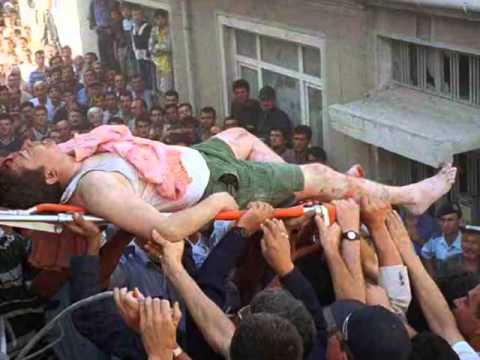

One of the survivors, Erkan Isik, became famous since he had squeezed Bill Clinton’s nose during his visit to the earthquake site. That cute moment made everyone forget about the terror they had been living for days, even for a few seconds. Now he is 20, and he is volunteering in AKUT rescue organization:

There were many coasts went under water after the earthquake: Istanbul was one of them. This created strange scenes like these:


The survivors were happy to be alive but their struggle had just started. They had lost everything: their homes, their valuables, some of them had lost their businesses. There were many camps around the city with thousands of tents. One of the biggest problems they were facing was an epidemic; Many dead bodies were still buried under the wreckage and each time it rained, there was a pollution risk of the underground water.




Besides homes, there were other damages in the city structure as well such as mosques, rail ways and gas stations. I would like to show you something here so that you could understand how the North Anatolian Fault, a strike slip fault, works. I will try to explain it as simply as possible, I promise.
Think about our earth with cracks everywhere, like an egg shell. Along those cracks, the pieces of the shell can move in different ways: up or down OR left or right. These types of movements along the cracks form different kinds of faults. For the strike slip ones (Remember, the North Anatolian Fault one is a strike slip one), the movement is horizontal as it is shown in the rectangle with red arrows:

Now, to give you a real life example, I will show you two photos below that are from the 1999 earthquake showing where exactly the fault line (the egg shell crack line) passes:


What is Awaiting
The scientists confidently say that the next earthquake will probably happen in Marmara Sea because there has been a westward progression in the big magnitude earthquakes on the North Anatolian Fault line so far. The part that lies under Marmara Sea hasn’t had a big tectonic movement yet. The scientists are expecting an above 7 earthquake here someday until 2029. Because the average time that the stress is accumulated and finally released on a big active fault line like this is maximum 30 years.

Without the recent undocumented Syrian immigration, and other undocumented residents counted, there are currently around 15,000,000 people living in Istanbul: This number is 10 times bigger than the population of Izmit. If we are not prepared, this earthquake will have devastating results: It is going to be a catastrophe. Istanbul is an old city with a lot of old buildings, historical sights and monuments. It has two international airports, three big bridges and an underground metro which goes through Marmara Sea, called Marmaray:

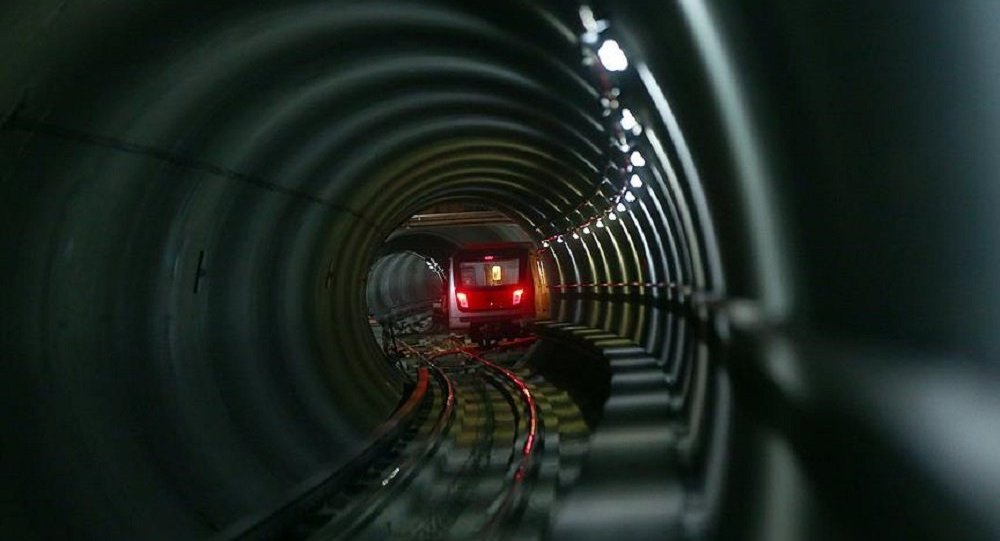
While remembering the pain the 1999 earthquake inflicted on Turkish people, I also wanted to emphasize the fact that we need to realize the severity of the potential danger that Istanbul faces right now. There are many ways to fix this and the below documentary mentions these methods at the very end.
I highly recommend you to watch this documentary if you are interested and want to hear more about what happened on August 17, 1999. The two things that break my heart even more after watching this: Aykut Barka, the geoscientist you will meet at the end of the video, died in a car accident 2 years after this documentary was shot, leaving a wife and two children behind. Also, a hero, co-founder of AKUT organization, Iskender Igdir, who saved tens of people’s lives during the 1999 earthquakes, lost his life just months after the earthquake while he was climbing to Mount Ararat.
May the peace with you, the wonderful men.

Aykut Barka – Geoscientist 
Iskender Igdir – Geological Engineer and Mountaineer
On November 12, 1999, very close to the same area, this time Duzce was shaken by another big earthquake: 7.2 magnitude, at 6:57 PM causing 845–894 dead; 4,948 injured; 55,000 displaced. The cost of the damage to the North west of Turkey was now about 10 billion USD.
I never forget. I hope our government does the same.
Hoscakalin!
-Ece

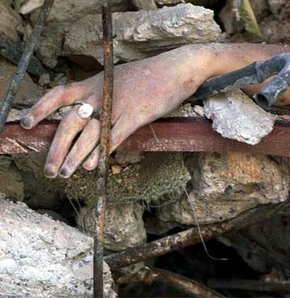

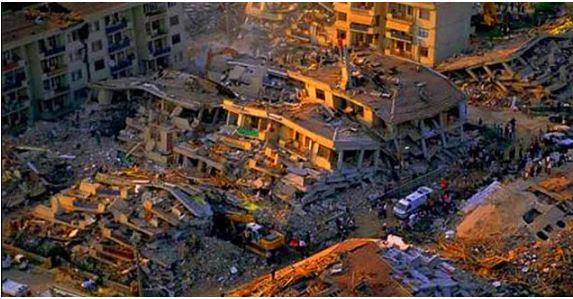







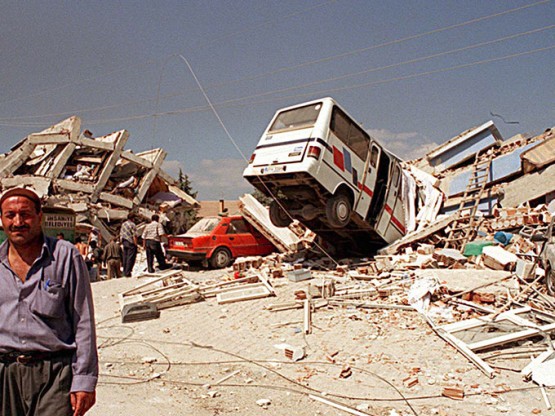

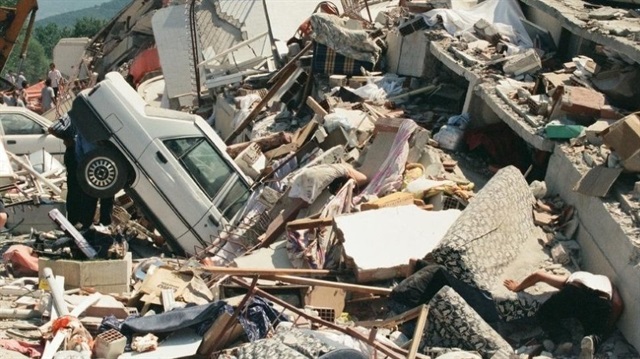


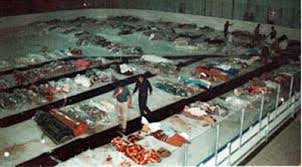
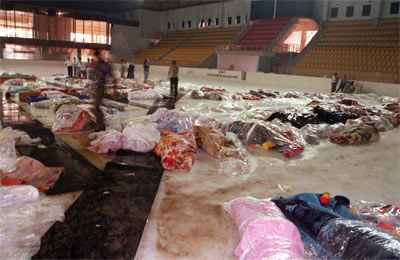
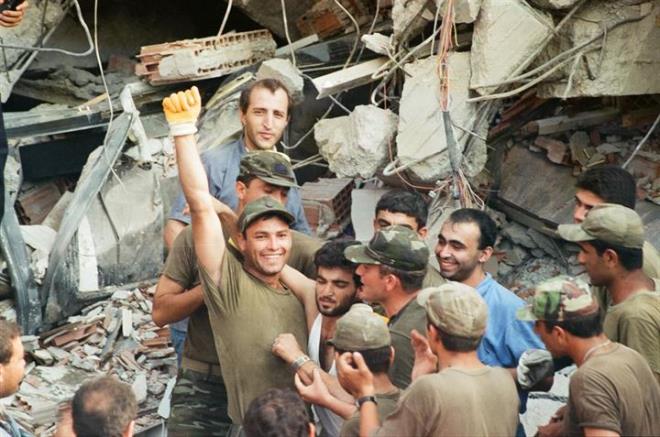
Nice one indeed…
Thanks for informing the world.
I was one of those right where the earthquake happened, in Kocaeli’s Gölcük, but I was just a baby. Still, I have learned a lot from my parents about it…
Though some questions remained unanswered to this moment…
Bundan sonrasını Türkçe yazıyorum çünkü yazacaklarım, tüm dünyaya kolayca itiraf edilemeyecek kadar… acı… ve utanç verici…
Tarihten bahsediyoruz. “Milli Mücadele”yi, Çanakkale şehitlerini, Fatih’i, 1000 yıl öncesindeki Malazgirt Zaferi’ni ve bu toprakları bize yurt kılan ecdadı anıyoruz… andığımızı sanıyoruz.
20 yıl önce olan bir deprem bile bizi sahip olduklarımızın farkına varmaya yöneltmiyor.
LikeLike
Thanks for your comments.
LikeLiked by 1 person
Let me be the one to thank…
LikeLike